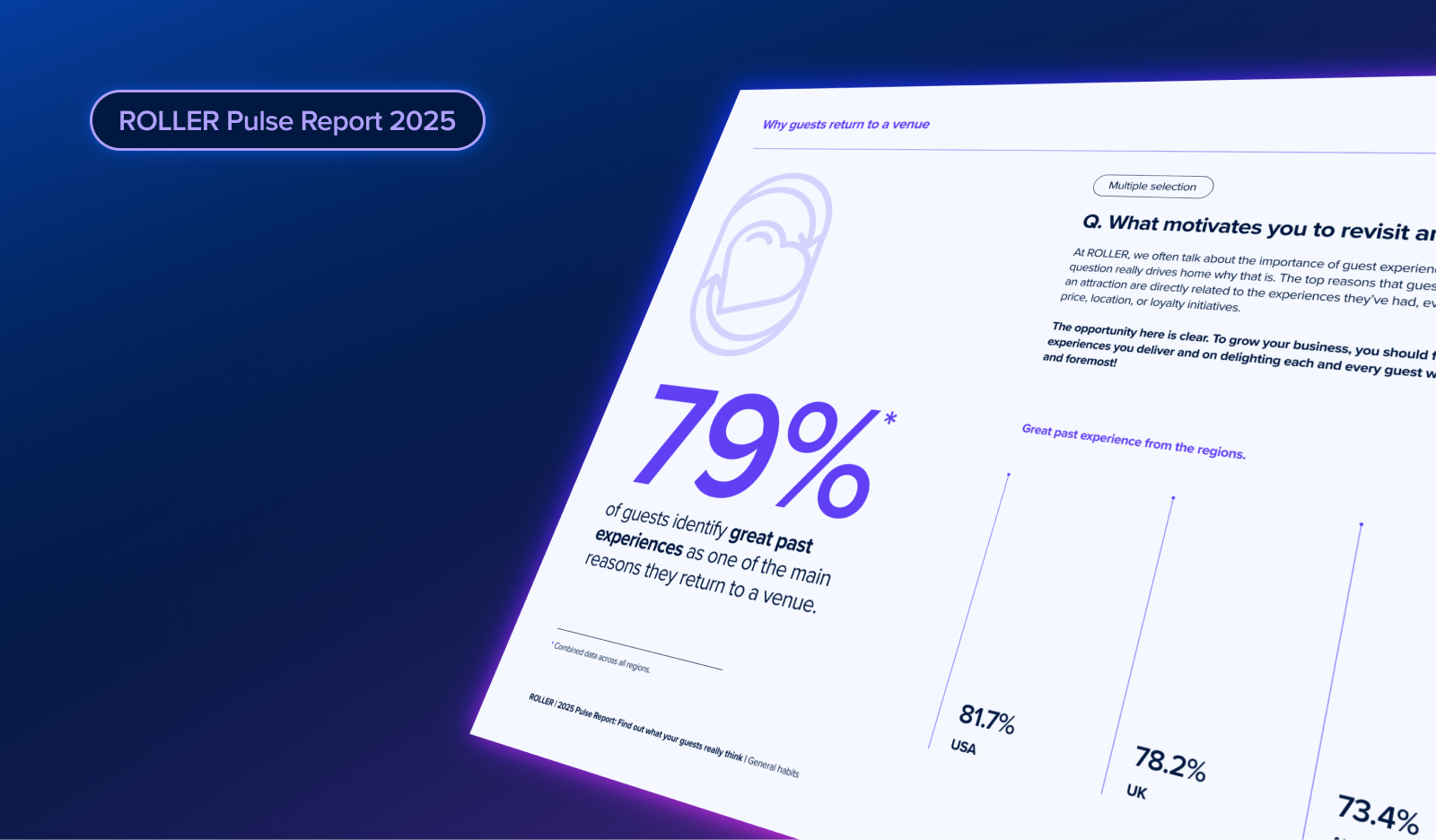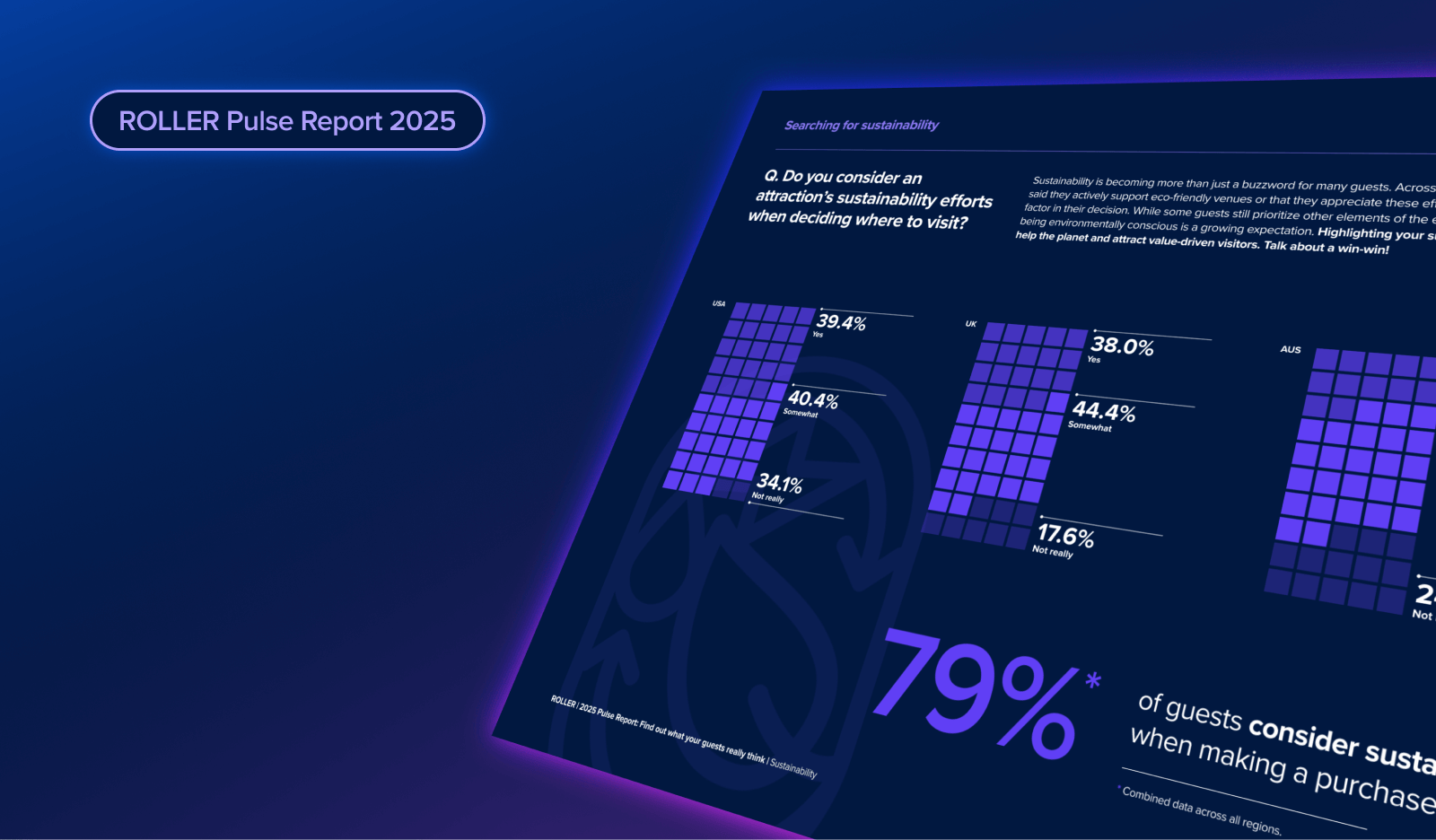You Have 10 Minutes to Make it Count

In the attractions industry, making a positive first impression is critical. There is an immense amount of research surrounding first impressions, and while the results vary, experts agree that the first minutes, sometimes even the first 2-3 seconds are enough for someone to decide whether they are satisfied or not.
Brandon Willey, CEO of Hownd, says that attraction operators need to put a strong emphasis on the first 5-10 minutes of the guest experience in order to set up for a favorable impression of their visit. In particular, the arrival process should be less confusing and a little more hospitable. “The lack of almost a concierge is one of the biggest friction points in the guest experience.”
A concierge is not a term one would normally associate with a family entertainment center, destination theme park, or the majority of recreational activities that lie on the spectrum of attractions. Usually this position is designated for a luxury hotel or resort, where you have a go-to staff member to help you book your dinner reservations and theater tickets, and they use their expertise to help you have the best experience possible.
If that’s the case, why not think of your entire frontline staff as your guests’ concierge? If your goal is to exceed expectations by personalizing the experience and anticipating guests’ needs, adding a white glove element of your arrival process should lend itself naturally. In most cases, this shouldn’t require additional labor or even additional resources, just a stronger focus on the first 5-10 minutes of your guests’ visit.
Read this next: How To Choose The Best Digital Concierge Software
Even though the exact timeframe may vary for when a guest forms a first impression, it will always set the stage for the remainder of their visit. Based on numerous observations that I’ve made using guest feedback from online reviews, surveys, and mystery shops, the first impression indicates what the remainder of the visit will be like. If a guest had an exceedingly favorable arrival and greeting, the guest will tend to perceive a higher overall level of service during their visit, the burger will taste fresher, and the venue will be immaculate. On the flip side, if they encountered unnecessary friction when they first arrived, they’ll perceive the experience to be less enjoyable, lines to be longer, and trash cans are overflowing. Their mind is conditioned to make observations that align with their initial impressions.
How can you control this? Consider this. Your guests pull into a parking lot that is free of trash and debris, and well lit at night. The landscaping is well maintained, the entrance is well presented, the paint is in good condition, and no light bulbs are burned out. When they walk into the building or through the gates, they are actively greeted in a timely manner by a staff member who appears to be eagerly awaiting their visit – yes, this means guests don’t need to find who to talk to in order to get started. This staff member, their concierge, offers his or her full attention as they explain the options, review the layout of the facility, and go over any frequently asked questions.
At the end of this interaction (which may include a transaction if they have not booked in advance), the concierge offers additional assistance and before closing, will tell the guest how they can quickly find assistance if and when they need during their visit, for whatever reason. This gives the guest reassurance that if anything starts to go wrong while they’re on property, they won’t have to jump through hoops to talk to somebody. Their frustration and worry has already disappeared even before it started. They are then sent on their way with full confidence on how they can have the best possible experience.
Take this example and tailor it however you need to so that it matches your operation. Look at changes and updates you can make to your arrival process. Are there maintenance or facility issues that you need to address? Are there operational procedures that need to be updated? Do you assume that your guests know exactly where to go, what to buy, who to talk to, and what they need to do next, or are you actually holding their hand through the process? Going that extra mile shows that you are investing in your guests’ satisfaction, which will ultimately lead to repeat visitation, favorable word of mouth, and it sets the stage for lifelong loyalty.
Oh, and make sure to check out Brandon Willey’s full interview on The Guest Experience Show, where he shares more of his guest experience philosophy.
Related articles

.png)
What the 2025 Pulse Report Reveals About Guest Booking Behavior at Attractions

2025 Pulse Report: How Sustainability Is Shaping Guest Expectations
Enhance your guest experience
Get free education, tips and inspiration to help you run a successful venue.